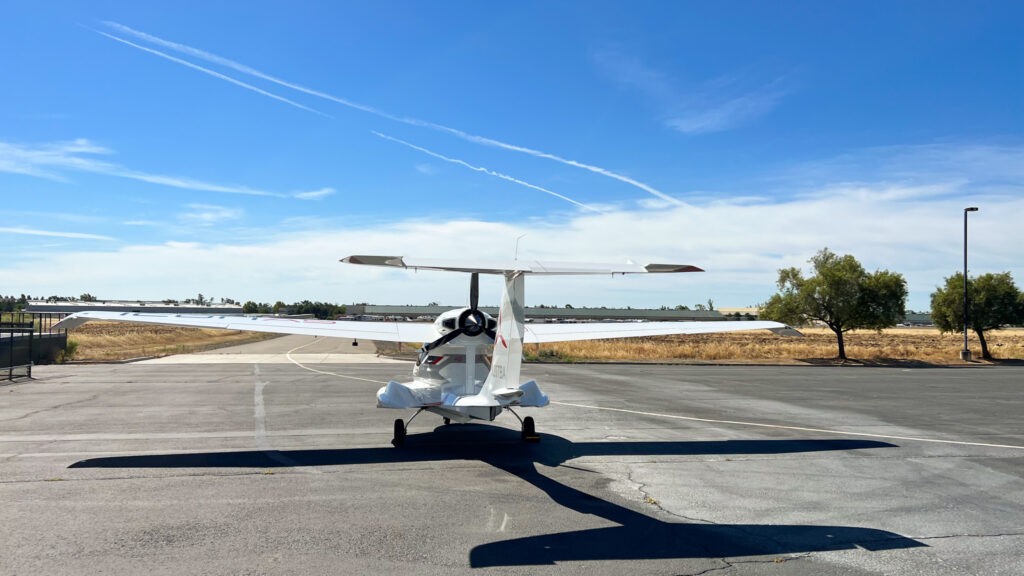
You met the ICON A5, fell in love, and put your deposit down. Your A5 has completed Final Assembly, undergone its flight tests, and is ready for delivery. You’ve signed the closing documents and now the ICON A5 is yours.
If you’re interested in taking ownership of your ICON A5 personally, A5 Owners have the option to fly right to ICON’s HQ in Vacaville, California to pick up your brand-new airplane. Or ICON will arrange to have a pilot ferry it to a location of your choosing.

I’m Suzanne, Marketing Manager for ICON Aircraft, overseeing Content and Brand Partnerships. I’m a commercially rated land and seaplane pilot, and I’ve completed ICON company pilot training, allowing me to ferry aircraft for new A5 Owners. In June, I ferried an A5 from our headquarters in Vacaville, California to Giving Wings Aviation, our flight training partner in Traverse City, Michigan. Upon arrival in Michigan, a new ICON owner began their transition training in their new A5.
There may not be a more adventurous way of traveling across the United States than from the cockpit of the ICON A5. But given the unique characteristics of the aircraft, this trip requires some careful planning.
Below are the procedures and best flight planning practices promoted by ICON Aircraft and the considerations I made on my ferry flight. As always, we encourage our current owners to reach out to ICON’s Flight Training Team or their nearest ICON Authorized Flight Instructor (IAFI) with any additional questions or currency training.
Before you take delivery of your A5 or pick up your plane…
Preparation began several weeks prior to this ferry flight. As a new ICON employee based in ICON’s East Coast HQ in Tampa, FL, I completed my ICON Transition Training and practiced emergency procedures with ICON’s in-house flight operations team.
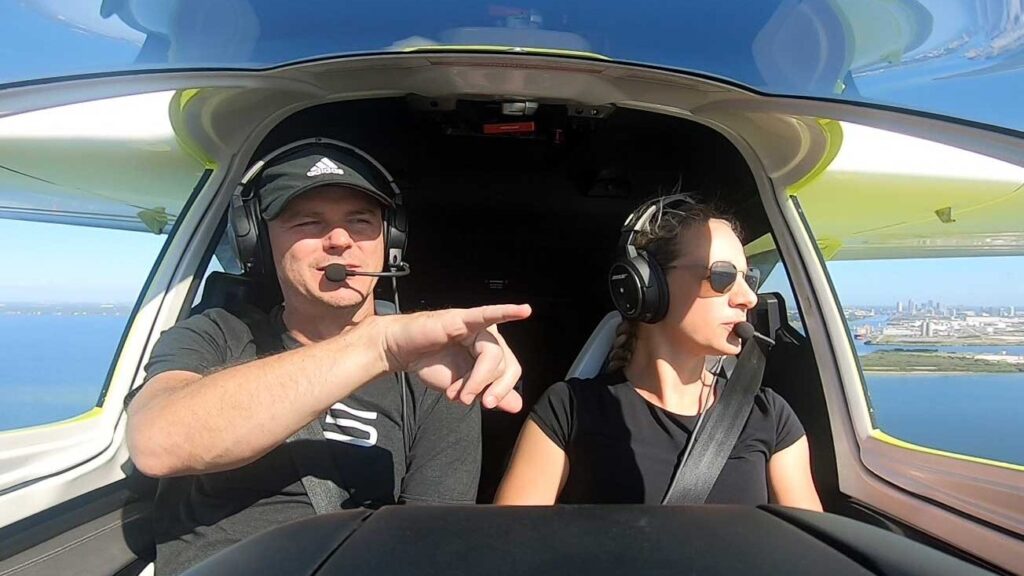
Don’t Forget About Insurance
It is imperative to secure your insurance before you book your one-way flight to California. ICON Flight Operations and Owner Experience Teams can assist you in securing your insurance policy. For those who may not be aware of the practice, in essence, insurance companies will ask you about your pilot qualifications (total time in the ICON A5, retractable gear airplanes, seaplanes, and overall). It is equally important that if you are traveling with an instructor, to make sure you are both on the insurance policy. The above may sound obvious—that’s good—but when it comes to flight planning, it’s not uncommon for people to ignore their insurance requirements.
What to bring with you on an A5 Ferry Flight
Spoiler: you don’t need to push the aircraft beyond gross weight with a bag full of supplies. The below checklist and a travel kit is what ICON recommends.
| 3 Tiedown ropes (2 w/ pins for wings) | Fuel tester syringe | ||
| Chocks | ADS-B in receiver | ||
| Plexiclear or equivalent | Wipes (for oil/grease) | ||
| Pledge/simple green cleaner | Sunscreen | ||
| Microfiber cloths | Bottled water | ||
| Extra fuses | T15 & T20 Torx head screwdriver | ||
| Extra AA batteries | Roll of tape | ||
| Extra quart of Aeroshell Sport Plus 4 | Telescoping mirror | ||
| Updated Garmin nav database, or | First aid kit | ||
| Personal EFB/paper charts (current) | Fire extinguisher | ||
| Flashlight *for night flying | Snacks! | ||
| Designated Person / Emergency Contact | Spot Tracker / Garmin In Reach |
I also added a few of my own essentials like a multi-tool pocketknife, bungee cords, tire pressure gauge, and boating flares. It’s also important to pack layers of clothing and rain gear in case of a change in weather.
This was my first flight with the Garmin inReach mini. It was vital—especially while flying in remote areas—that I had a satellite communication device when other forms of communication, such as my cell phone, would not be reliable. For instance, there were places where I couldn’t get flight following with air traffic control because I was too low to be in range but the inReach mini provided a means of communicating if necessary. I loaded my emergency contacts in the app, and those contacts could track my location. If needed, I could have sent out SOS alerts at any time. I highly recommend having one!
Plan around the limitations of the aircraft
Recognize the challenges of flying a single-engine LSA in high temperatures and humidity at high altitudes. If I took a direct route to Michigan across the High Sierra mountains, my challenges would have included: high density altitudes, slower climb rates, weather, wind shear, downdrafts, and lack of options if the engine quit (no suitable place to land).
Before taking a flight of this nature, know your limitations. As a pilot who flies mostly at sea level in Florida, I decided to craft a route to Southern California and across the historic Route 66 until I was clear of the Rockies.
Initially, I built a route using SkyVector.com You can use a variety of charts (in this case VFR) and plan a route from airport to airport or via roads if that is your preference. The charts also show restricted areas and MOAs to watch out for, with the ability to can layer weather, SIGMETS, AIRMETS, TFRs, NOTAMs, and even a layer for fuel prices at the FBOs.
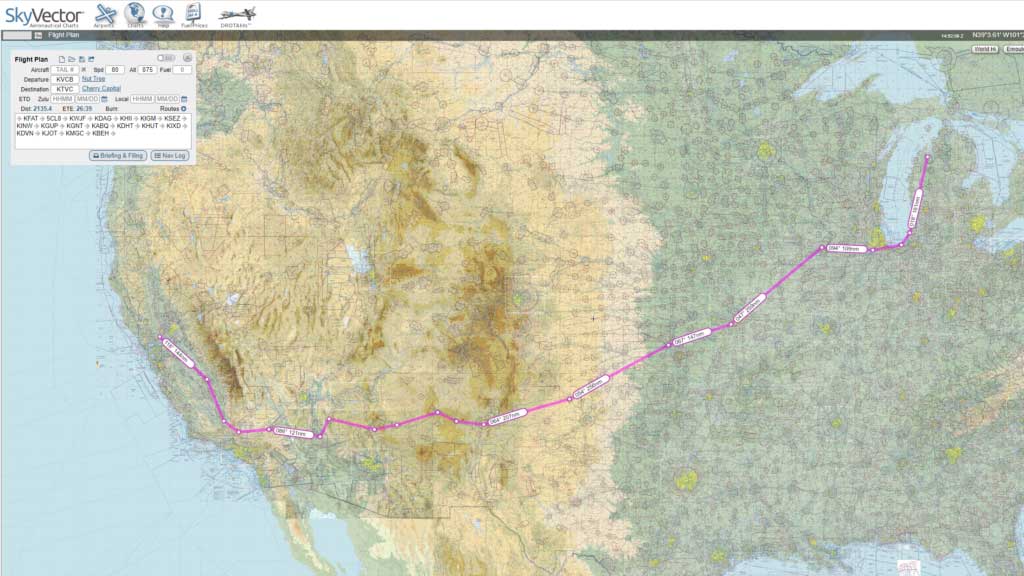
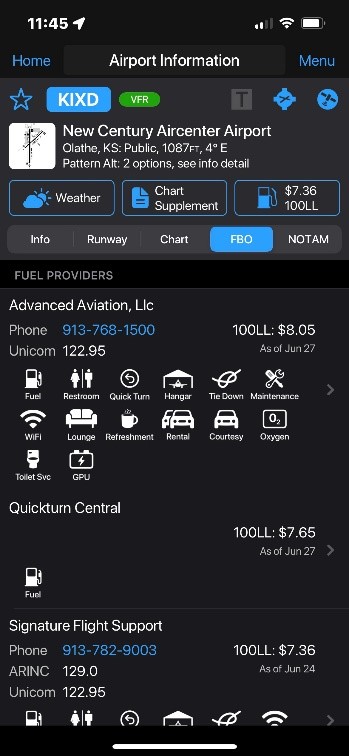
For flight planning, I used my Garmin Pilot App on my iPhone. The popular alternative option is ForeFlight. I personally chose Garmin because it easily integrates with my Garmin D2 Air X10 pilot watch, the G3X Touch avionics system in the A5, and parallels the Garmin inReach mini. Besides planning my route and fuel stops, I used the Garmin pilot app to find airport restaurants, FBO service hours and contact information, runway information, airport NOTAMs, etc.
Start your flights early
On the morning of your ferry flight, get an early start. The pre-flight will take longer than expected and you want to ensure you have everything you need before departure.
Here are some of the essential pre-flight items and procedures for the ICON A5:
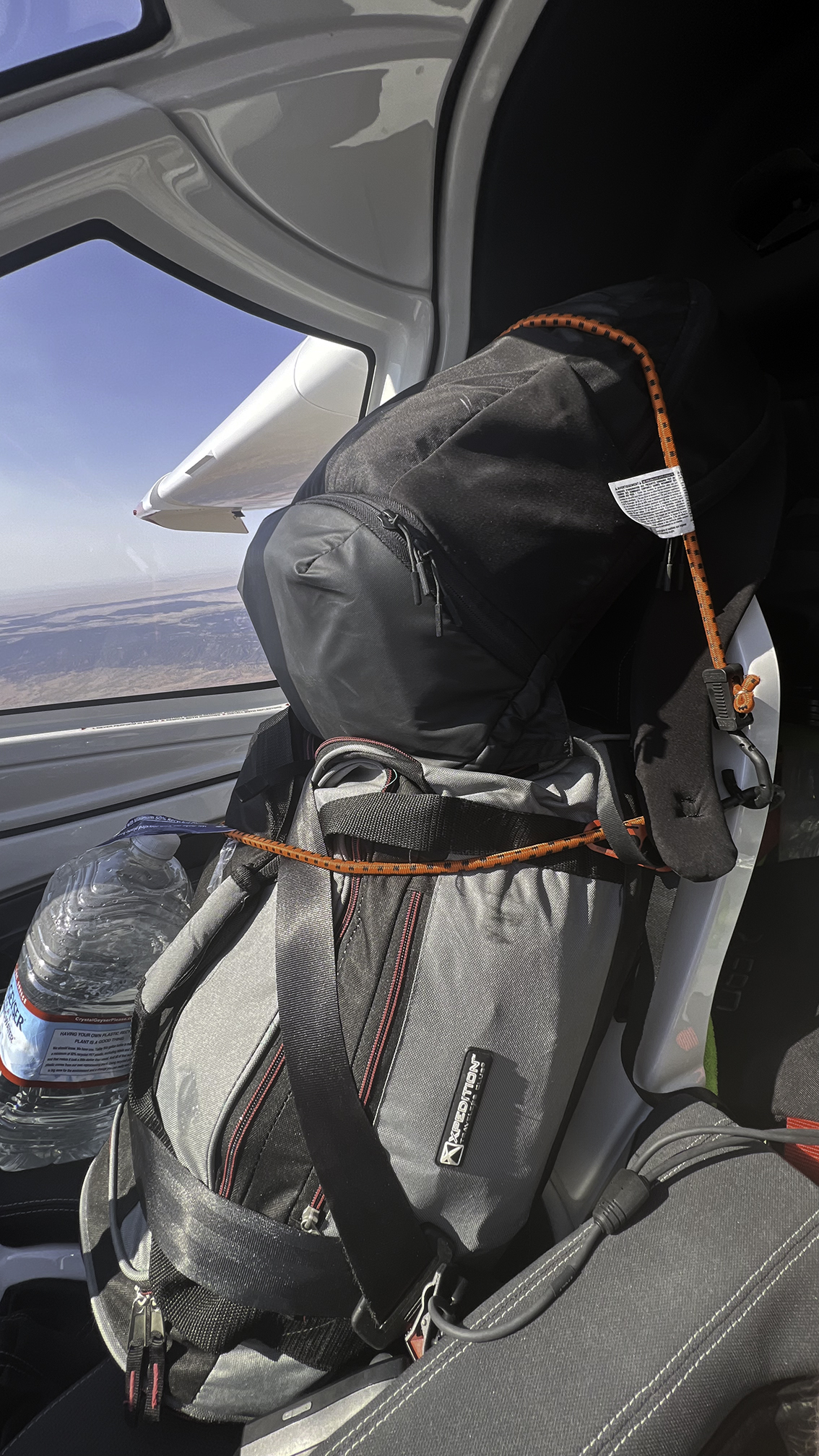
- Required Documents: Make sure you have your AROW documents (Airworthiness Certificate, Registration, Operator’s Handbook, and Weight & Balance) paperwork on board in addition to your aircraft logbook and insurance.
- Calculate your weight & balance at your max gross weight and at your empty fuel weight. I discovered as a small solo pilot that the CG would be too far aft when I got low on fuel. I had to add ballast weight to the front seat, which became my luggage, my flight bag, and a gallon of water all strapped into the seatbelt and extra bungee cords for safety.
- Analyze the weather for any changes in your VFR flight plan.
- Check FlightAware.com This website is a great tool for others to follow your cross-country flight. Ensure that the aircraft is viewable to the public and the registration isn’t blocked for privacy.
- Complete a thorough pre-flight using the ICON A5 checklist and don’t be afraid to ask any last-minute questions.
Knowing where and when to stop on your ferry flight
I built my flight plan the night before based on several factors: weather, terrain, airspace, distance between stops, fuel, and lunch.
I scheduled to land about every 3 hours to ensure I had enough fuel and to relieve my own bladder or to grab a bite to eat. There were actually a few airports in Southern California and Arizona that were out of self-service fuel. Check your NOTAMs and be prepared to deviate.
For overnight stops, I first looked to see who was open later in the afternoon on my Garmin Pilot app (FBOs close at different times). Then I called for hangar and fuel availability. Before confirming that night’s destination, I also had to make sure there was hotel availability. For instance, I stopped in Hutchinson, Kansas thinking I might grab an early dinner at their beautiful airport steakhouse and then stay the night, but I quickly discovered upon arrival that all of the hotels in this small town were occupied for a dog show that weekend. So, I grabbed a snack and water, and I headed for Kansas City. Before I left the ground, I confirmed with the next FBO that they would be expecting me for overnight hangar space and secured a hotel room down the street from the airport.
One of the coolest features of the ICON A5 is the folding wings system. When I called ahead for an overnight parking spot, I started by asking for a high-wing light-sport aircraft accommodation. If they were tight on space, I offered to fold the wings in, making the A5 only 8 feet wide.
Here are the FBOS along my route: Havasu Air Center (KHII), Atlantic Aviation Albuquerque (KABQ), Advanced Aviation, LLC (KIXD), and Carver Aero, Inc. (KDVN)
All of the FBOs I found along my journey were very accommodating and friendly. They all offered hangar space without folding the wings. Some offered a courtesy vehicle or ride to my hotel, while others offered to help book my hotel or provide recommendations for restaurants. You will get a lot of attention taxiing in to the FBO in your A5 and in my experience people are happy to accomodate.
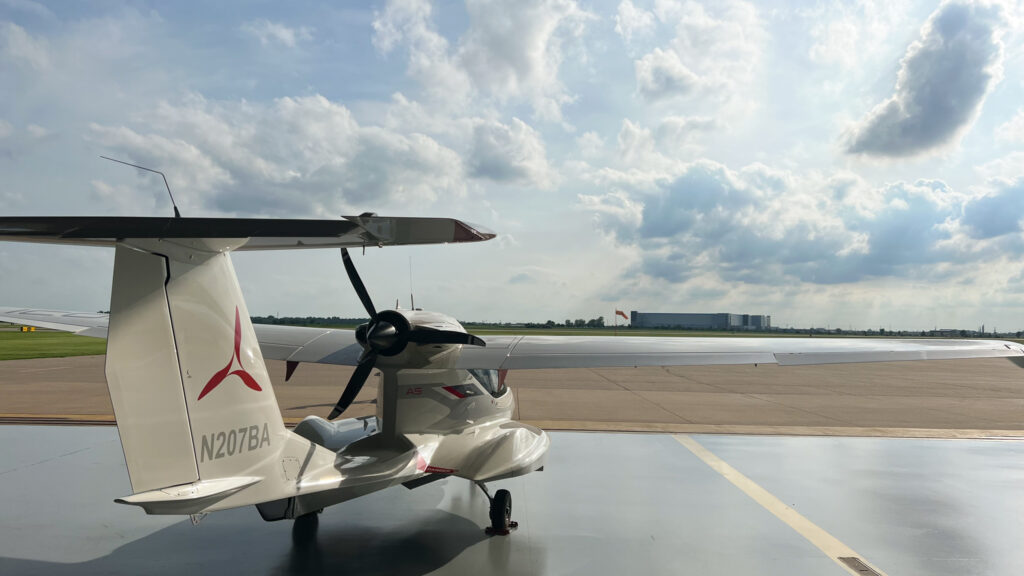
So it begins…
Given my flight plan, I knew that traveling from KVCB to KTVC would take 4 to 5 days, weather permitting. Below is a look at how those days transpired and progressed on my ferry flight.
Day 1: KVCB – KFAT – KWJF – KDAG – KHII
10am PST: My original plan was to leave Vacaville southbound in search of an airport restaurant for lunch, which I found in my Garmin Pilot app to be KWJF. My bladder didn’t make it quite that far, so I stopped in Fresno for a pitstop. I arranged for flight following from the Vacaville/Nut Tree Airport, so I was already talking to Fresno Approach when I made this last-minute change.
Because of my late departure and my pit stop, I didn’t make it to General WM J Fox in time before their diner restaurant closed at 2pm local time. They were also out of fuel, so I needed to find another option on the way to Lake Havasu. I decided to stop at a quiet and very humid airport, KDAG. I was the only soul there.
Another unique feature of the ICON A5 is the ability to run on av and mogas. If you get in a pinch, the ICON will run on 100LL or automotive 91 octane fuel. It is even permissible to mix them.
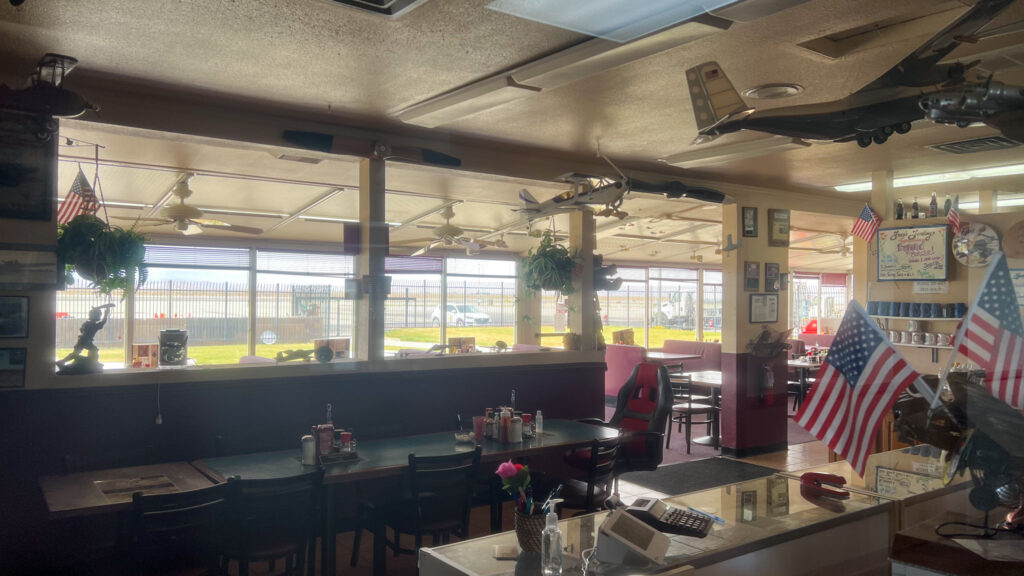
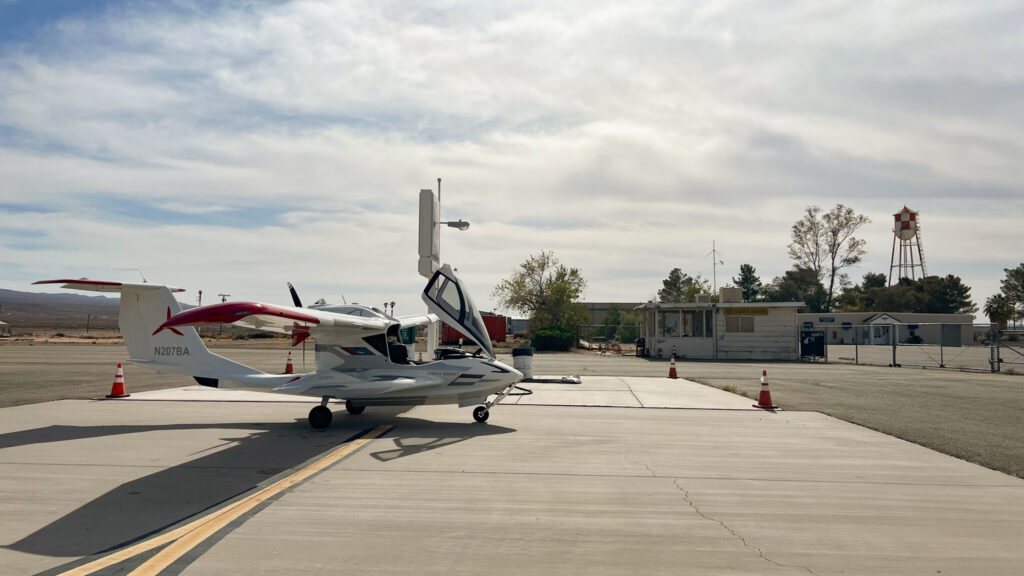
Arriving into Lake Havasu City was beautiful. It was the first time that I saw a suitable landing destination for seaplanes all day, but I opted to just tuck the A5 into a hangar for the night and venture to the water on foot.
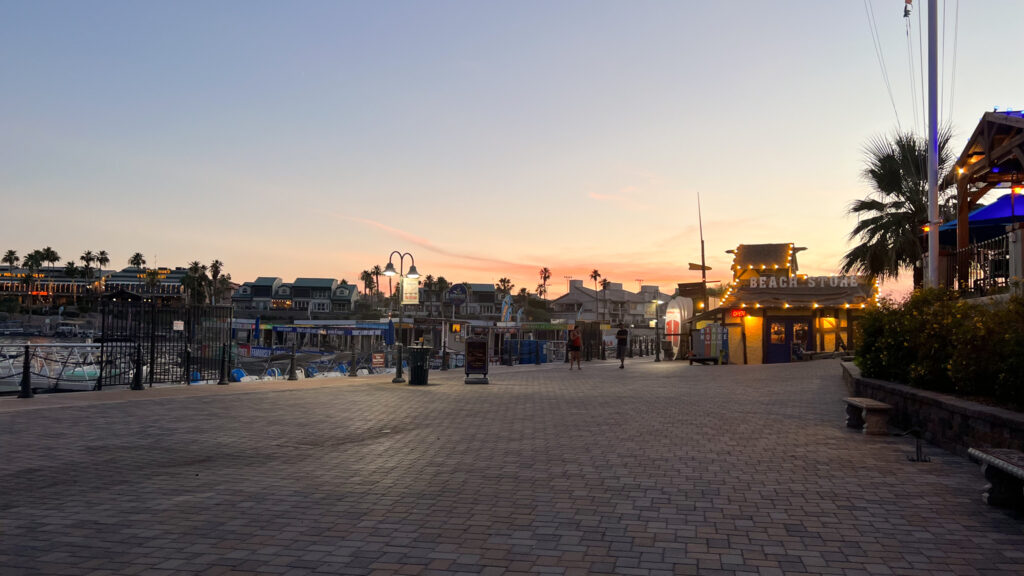
This was a hot day. The temperature at KHII when I landed around 6pm local time was 108°F. Pay attention to density altitude! High elevations, high temperatures, and high humidity create high-density altitudes that will greatly impact your takeoff and climb performance, using a lot more runway than usual. It is advised to lose some of your gross weight or wait until a cooler part of the day for departures. Be aware of obstacle clearances too.
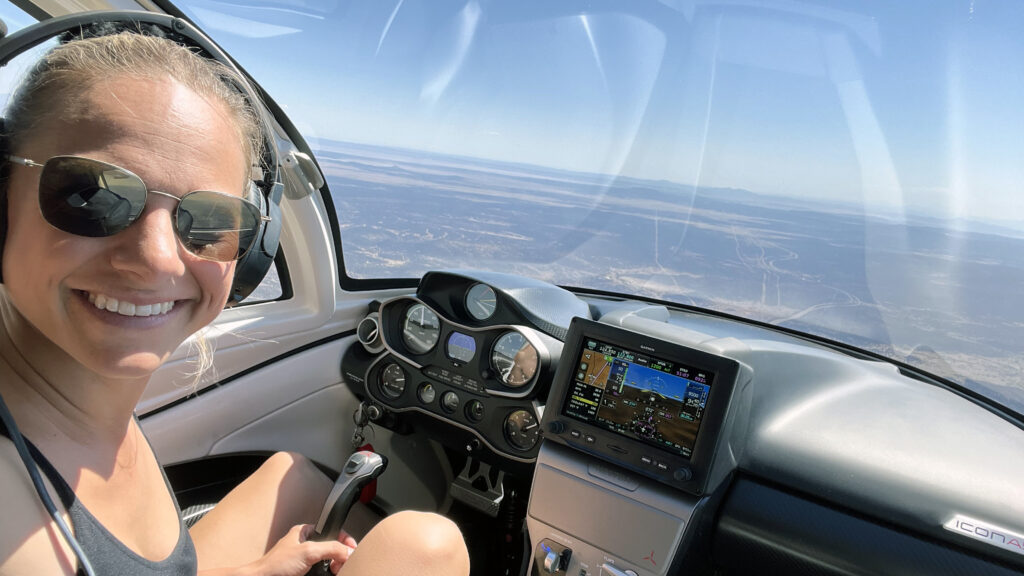
Day 2: KHII – KSEZ – KABQ
Day 2 was the most scenic day of my ferry flight. I knew Sedona (KSEZ) had an airport restaurant, the Mesa Grill, and I’ve always wanted to land on the mesa where the airport was built. It was definitely worth the thrill!
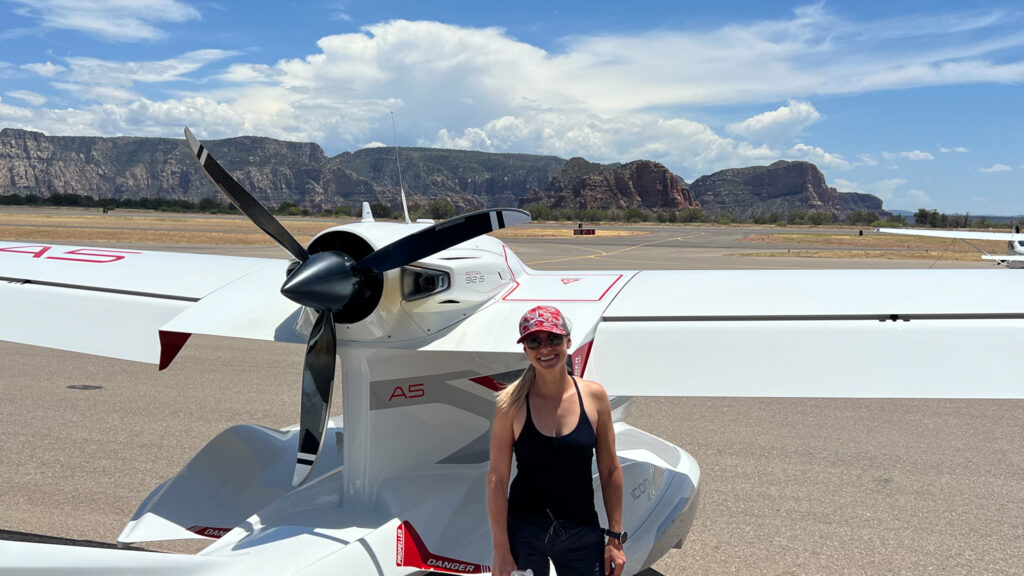
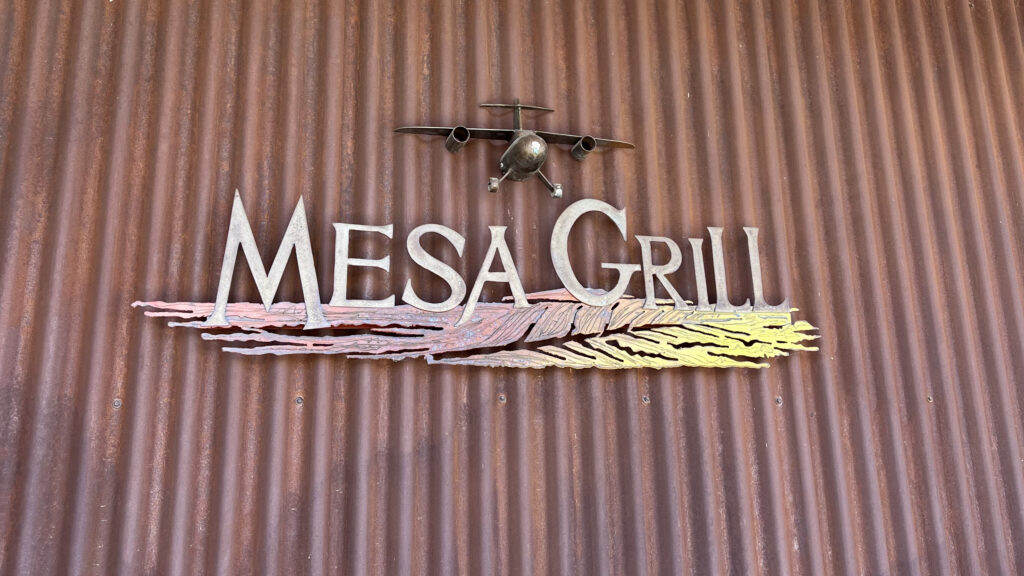
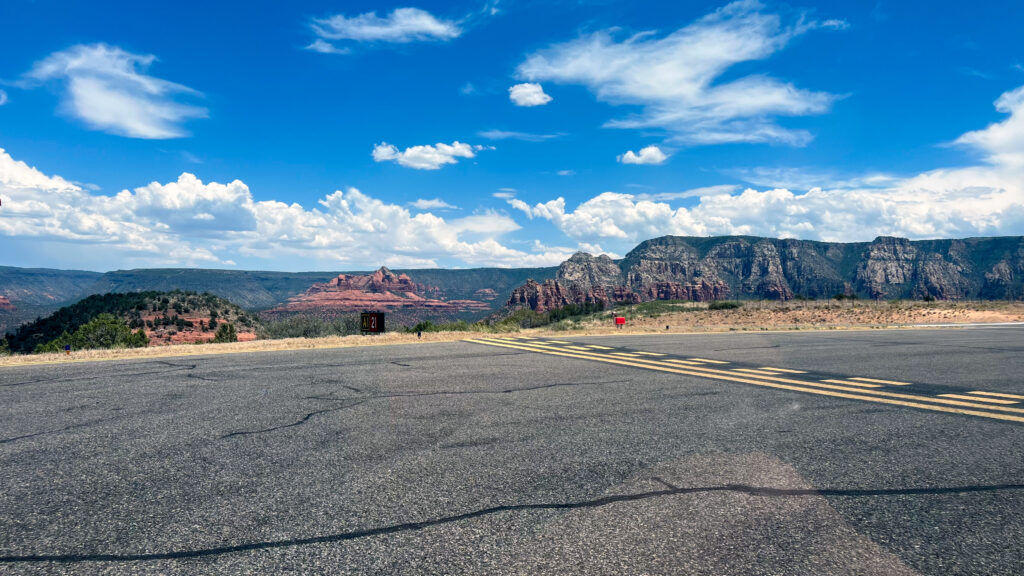
It was a pretty bumpy ride in the hot, humid mountainous area between Flagstaff and Albuquerque. I couldn’t stay in range of flight following so I listened to the Top Gun soundtrack on my Bluetooth headset instead. I experienced some wind shear around 11,500 feet. A down draft would push me down a few hundred feet unable to immediately climb back up. Altitude is your friend!
Day 3: KABQ – KDHT – KHUT – KIXD
I found two airport restaurants on day 3. First was a small cow town airport in Dalhart, where I got a Texas country breakfast and a cowboy coffee.
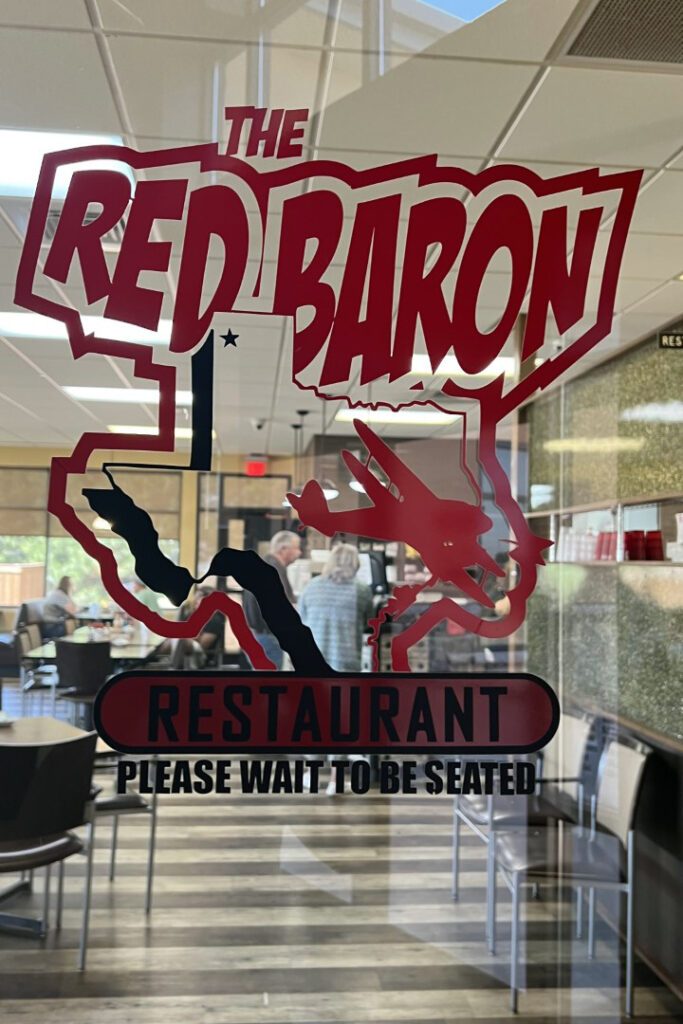
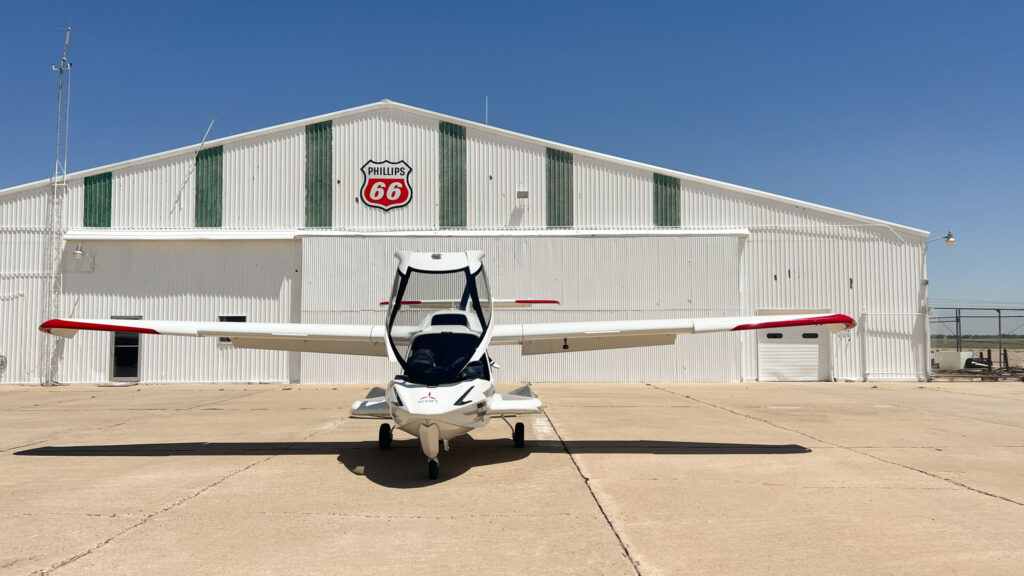
Hutchinson, Kansas has a well-managed steakhouse, but they are only open for dinner starting at 4pm local time. Unfortunately for my schedule, I kept trucking on to Kansas City.
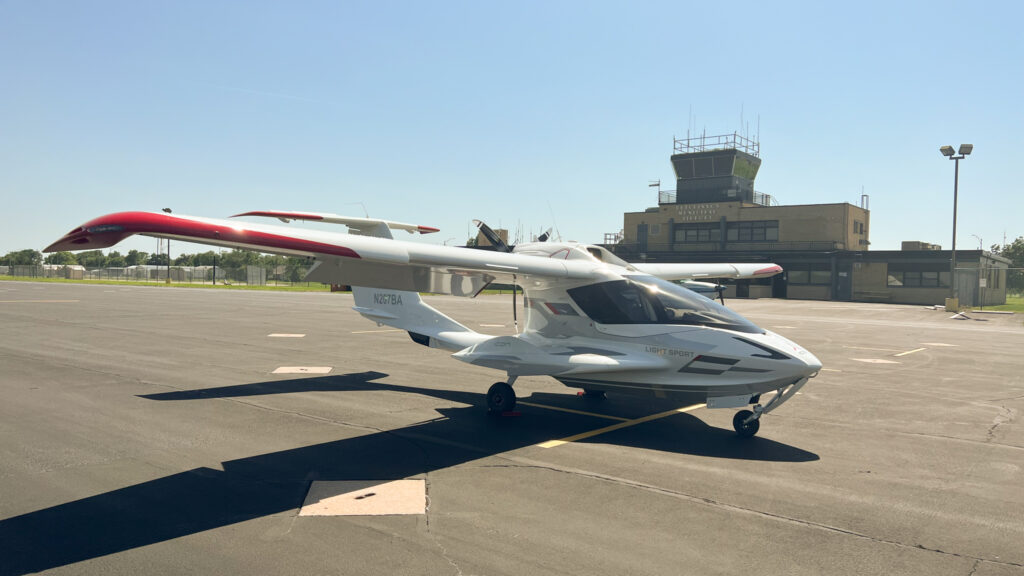
Day 4: KIXD – KDVN
This was the shortest day on my trip due to weather. Kansas City had some morning tornado warnings and low cloud clearances in my direction of flight, so I opted for some Kansas City BBQ and a later flight to Iowa.
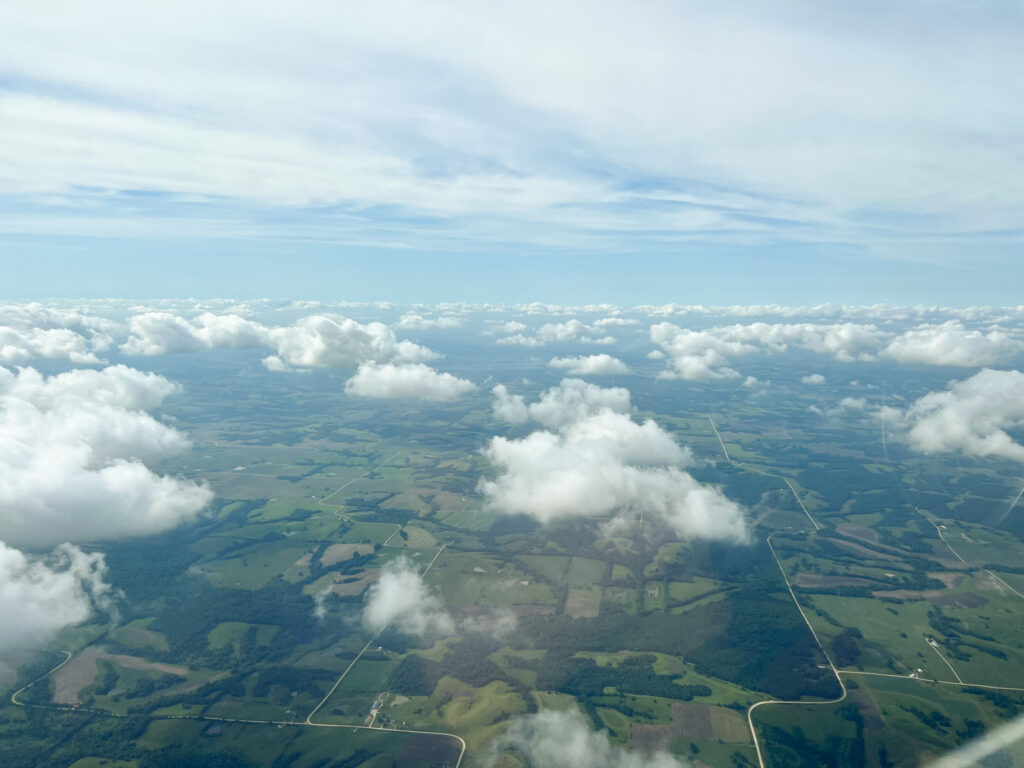
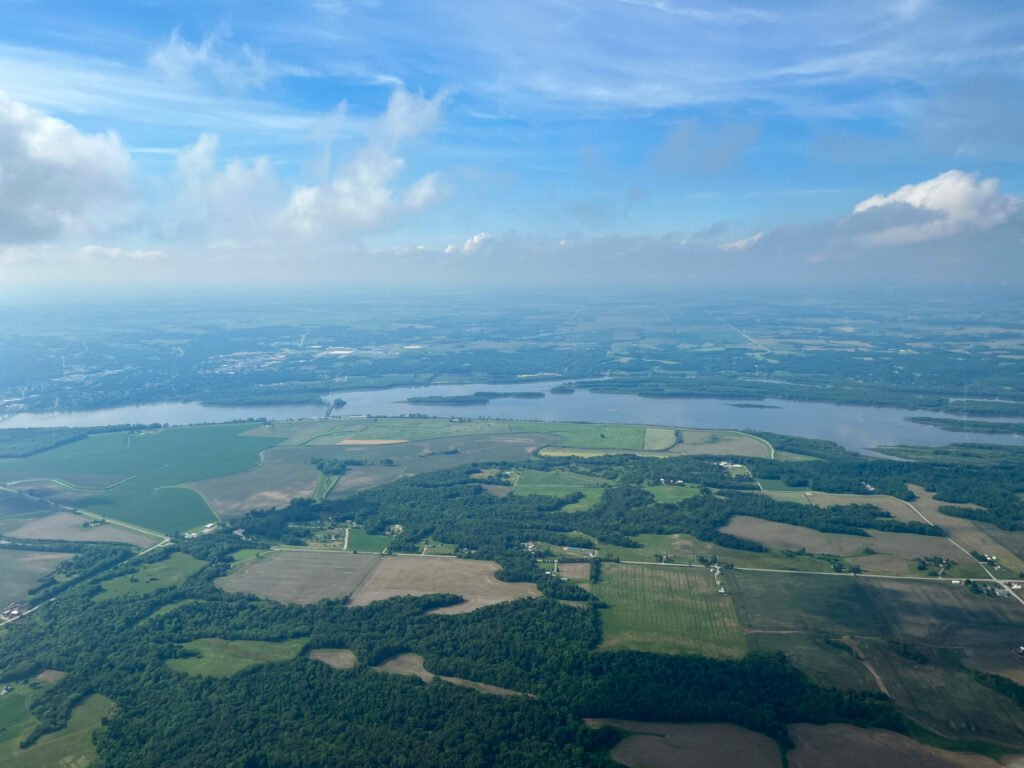
Day 5: KDVN – KBEH – KTVC
The clouds were still a bit low as I departed Iowa into Illinois. Keeping extra viglant for terrain and traffic, I flew around 1,600 feet until I got around Chicago’s Class Bravo airspace. There are a lot of flight students on the southside of Chicago!
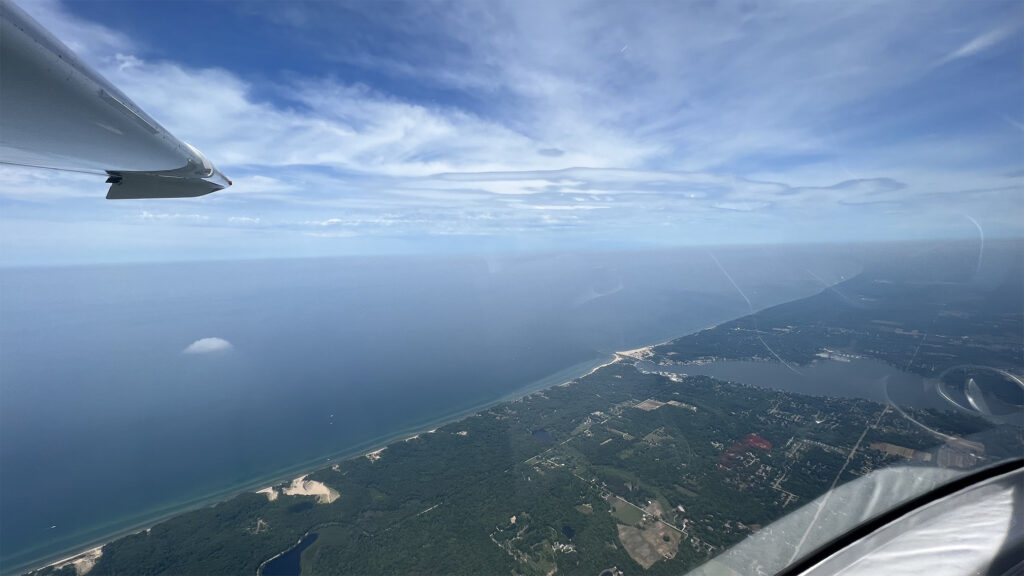
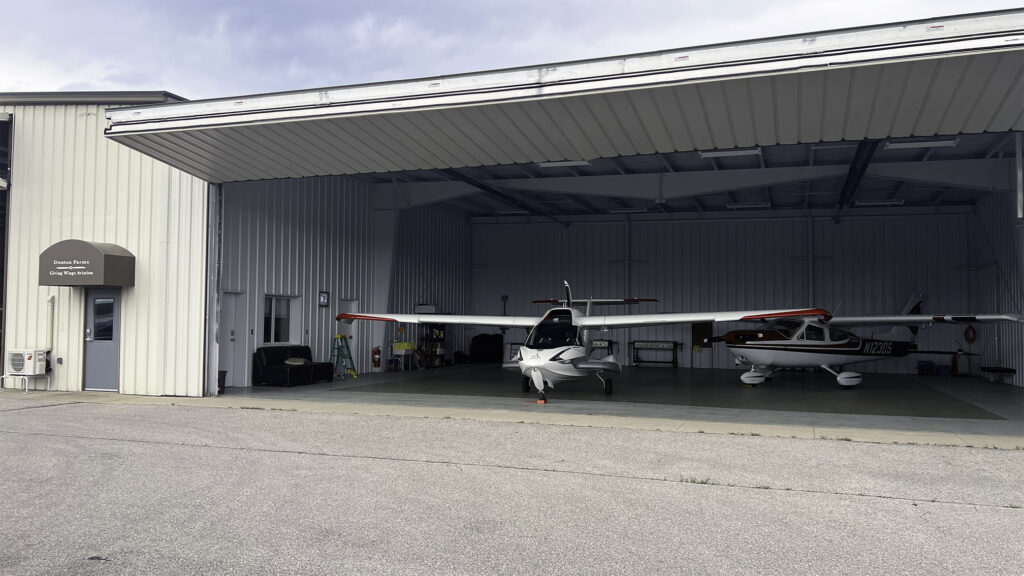
Arriving at Giving Wings Aviation
Giving Wings Aviation was this A5’s destination for this 5-day adventure. When I arrived, I was greeted by a parking spot outside one of the flight school hangars. They helped me unload my belongings and supplies. I shared the aircraft paperwork, logbooks, and squawks with their maintenance crew. The aircraft received a wash, 25-hour service and then headed to its new owner’s home for training to begin right in his Lake Michigan backyard.
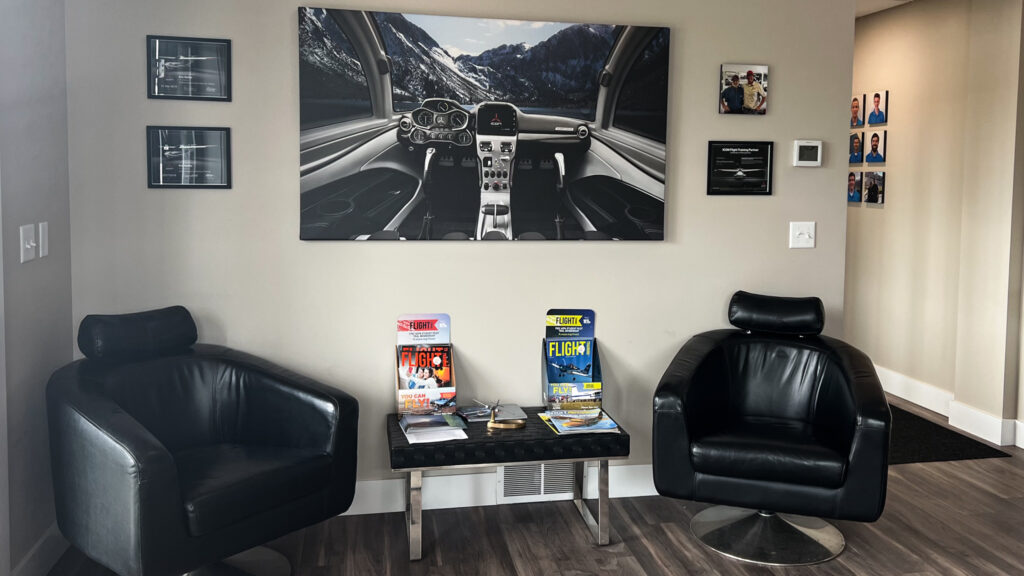
Post Flight
Your ICON A5 ferry flight can definitely be a great adventure so long as safety and dutiful flight planning remain your top priorities. I put this new A5 through different climates, terrain, and wind factors always following my check lists in case something was out of sorts. In case of an emergency landing, I followed major roads or connected airports as my checkpoints along the route.
It’s important to be flexible with your flight plan. I’m grateful to have experienced communities across nine different states, enjoyed local cuisine, and met a lot of interesting people along the way. To all aspiring aviators and flight students I met on this trip, adventure is waiting for you in the ICON A5.
Safety and Training Resources
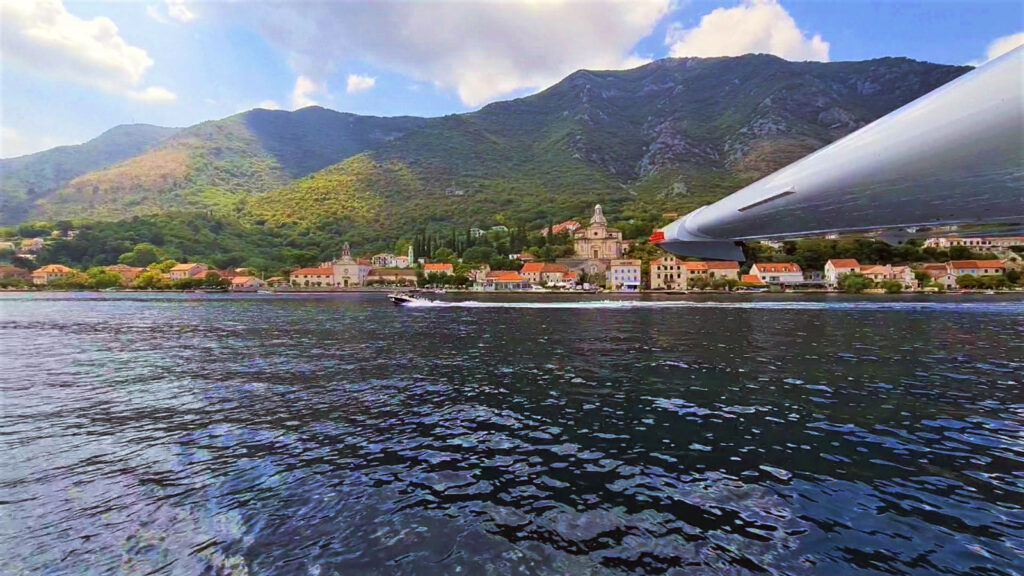
Flying the ICON A5 in High Density Altitude Environments
On even a cold day, operating in water environments at higher elevations provides some challenges that are important for A5 pilots to understand.
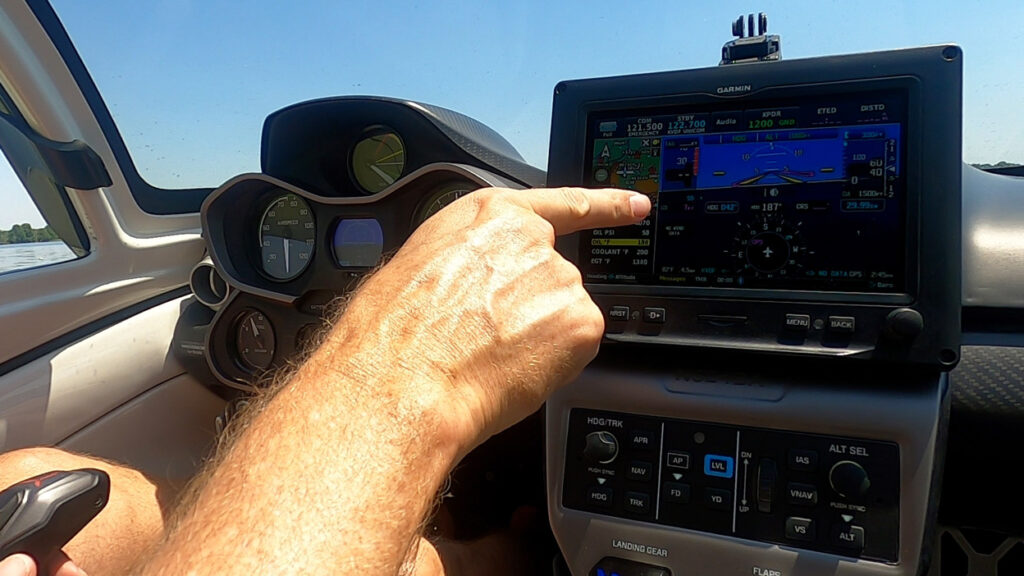
10 Hacks Every ICON A5 Pilot Should Know
With over 3000 hours in the ICON A5 collectively, our Tampa-based IFC Instructors compiled 10 Hacks every ICON pilot should know.
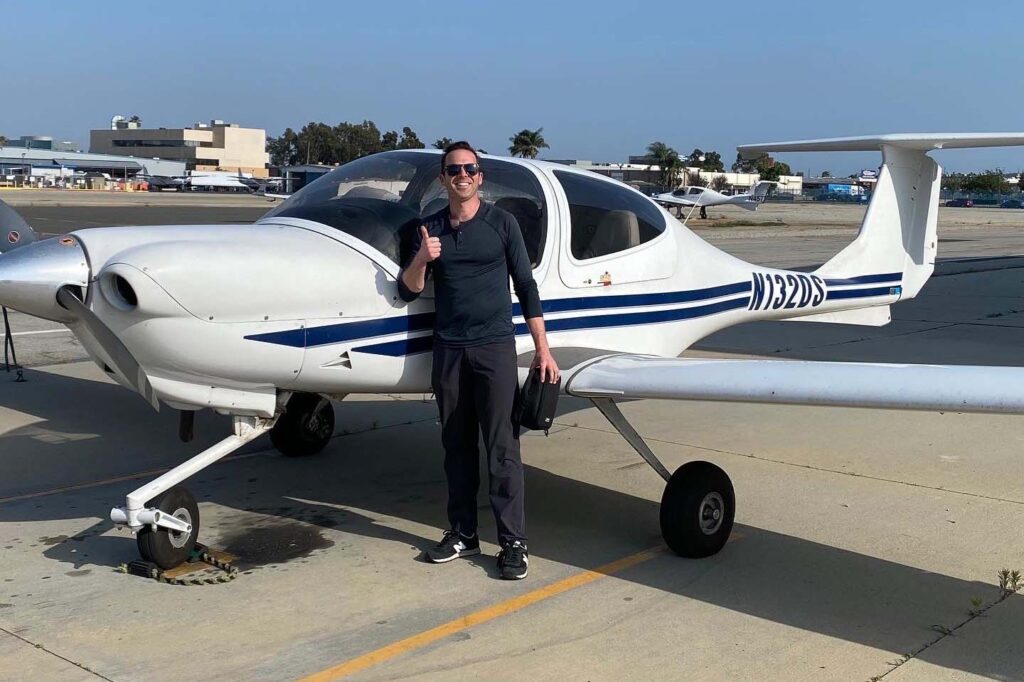
How I Found a Flight School Near Me
Finding a local flight school is quite daunting—many of the schools near me had the same aircraft, advertised private pilot training, and well, seemingly had plenty of flight instructors. How could I choose which would be the most efficient to not only earn my private pilot license?
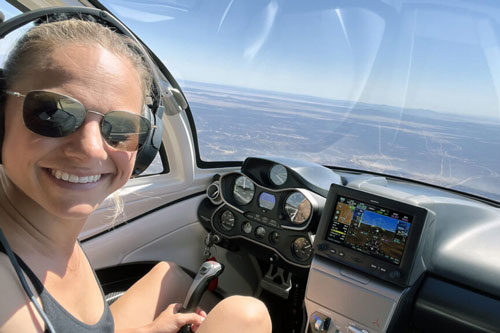
Flight Planning: Ferrying the ICON A5 from California to Michigan
The ICON A5 is a very unique aircraft with some incredible flight characteristics. When it comes to planning a cross-country flight, there are a few particular safety items to keep in mind. Here is a look at a ferry flight across the United States from ICON’s Marketing Manager.
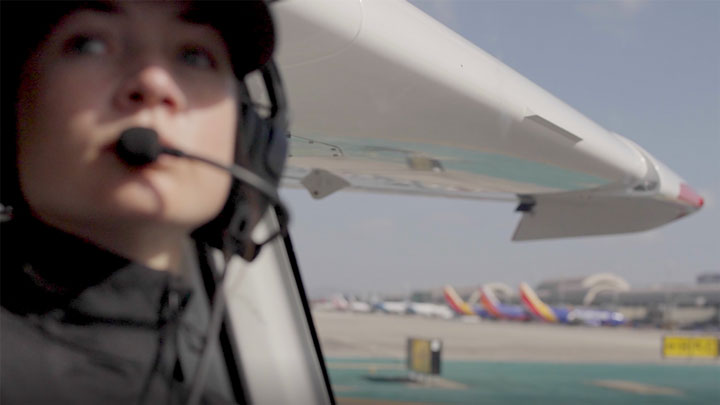
Reviewing Safety Considerations for Flying in Busy Airspace
For pilots who may be more familiar with flying at uncontrolled airports, flying in Class D, C, or B Airspace can be intimidating. If you are a Sport Pilot and want to broaden your horizons by seeking an additional endorsement in your logbook to fly in these areas, this video should offer an initial introduction for what to expect.
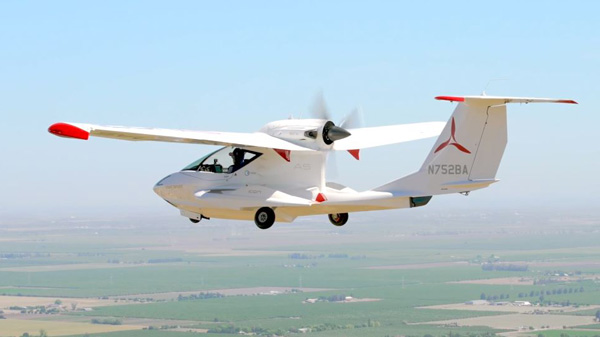
Safety Considerations for Landing with your Gear in the Correct Position
It seems simple enough: extend the landing gear when intending to land on a runway or other prepared surface, and retract the gear when landing on the water. The unfortunate truth is that accidents and incidents caused by landing with gear in the incorrect position occur far too frequently.
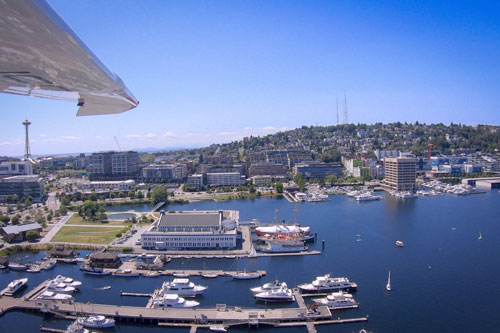
Landing the ICON A5 in Downtown Seattle | The Lake Union Approach
What allows the A5 to fly in this environment? What factors should a pilot consider to ensure this flight is performed safely? Flying the A5 in Seattle may be one of the most unique flights a pilot can experience in the country, especially considering how immersed the A5 makes you feel amongst the Seattle skyscrapers.
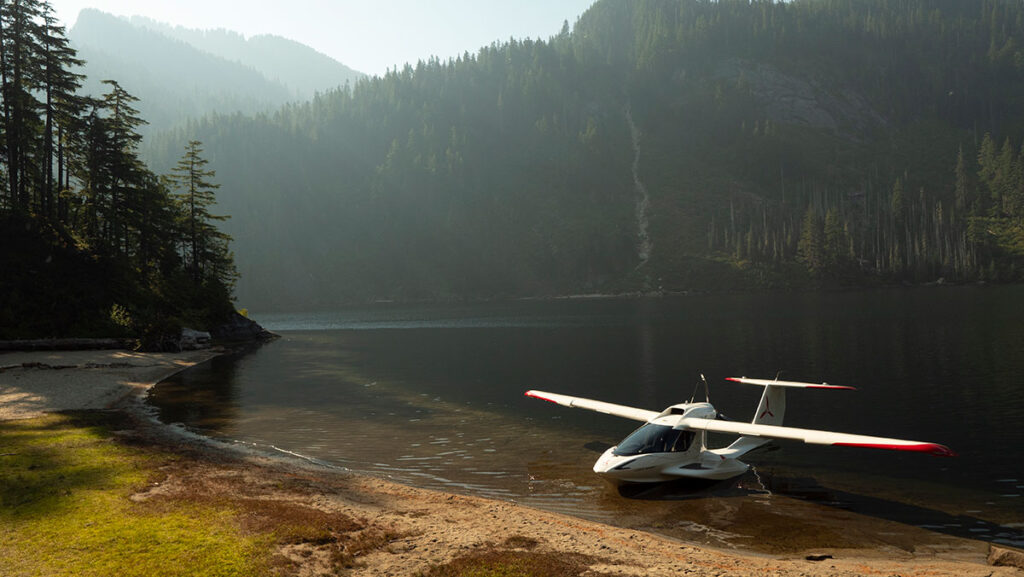
Flying the ICON A5 at Lake Isabel
An A5 Flight Instructor recently flew to one of the most popular seaplane destinations near Seattle. Watch how she planned her trip and approached a new area.
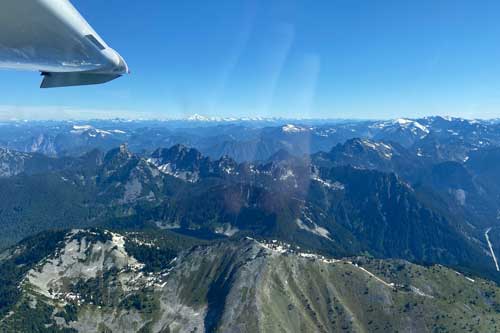
Flying the ICON A5 on a Cross Country Flight | Seattle to Spokane, WA
What’s the range of the ICON A5? It’s a question we at ICON Aircraft receive on a consistent basis. I recently had the chance to fly the A5 from Seattle to Spokane, WA, making a stop at Grant County International Airport.
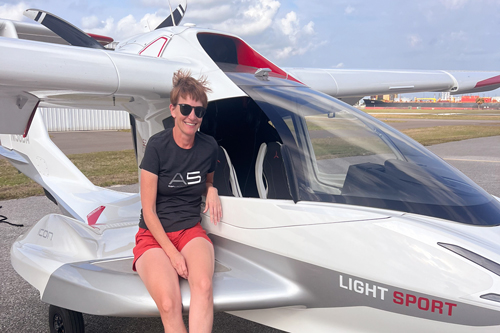
ICON Instructor Pilot Profile: Jo McPherson
Meet IAFI Joanna McPherson: A Mother of Six and a Civil Air Patrol Volunteer Inspired to Become a Pilot and an ICON Authorized Flight Instructor